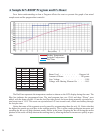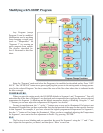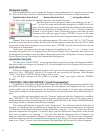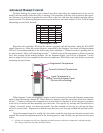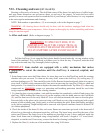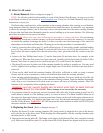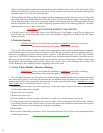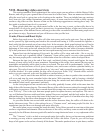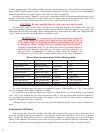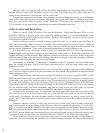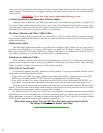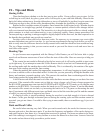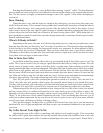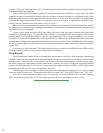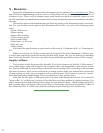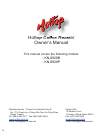
42
as these “low tech” methods allow you to control the brewing temperature and can actually make better
coffee than most drip machines.
If the coffee is too bitter many people will reduce the amount of coffee they use per cup. That is the
opposite of what you need to do. In most cases, the solution to a bitter beverage is to use more coffee! Start
with one coffee-measure full of ground coffee to six ounces of water. If that is too bitter, try a little more
coffee in the ratio. Experiment! There is no rule. Even try two measures in eight ounces. It makes for a
strong, rich cup. Maybe not to your liking, but give it a try!
Bitterness also comes from over-roasted coffee. Roast too dark and a lot of the elements that “mask”
the bitterness are burned away or changed chemically so the bitterness becomes dominant, and that is not
a pleasant taste to most people.
A good way to learn how the level of roast affects the taste of the beverage is to purposely under-roast
a batch of coffee and taste it. Do much the same with an over-roasted batch, but use great caution when
roasting dark! Try a batch that is done to just the very beginning of first crack and another to just as first
crack ends. The experience gained here will help educate your palate to the different tastes that come from
roasting and will help you understand the tastes you experience in the future. Additionally, some coffees
like to be roasted light and other dark so doing such experiments over time with all the coffees you like is
a good idea.
Good water is also important. If the water tastes bad or is too hard, it can affect the taste of the coffee.
Try some bottled drinking water and see if that improves the taste.
Keep Records
Every professional roaster keeps a roasting book and guards it carefully, often keeping it locked away
in a safe. In this log are roasting notes documenting the various roasting sessions and blends of beans used
over the years. Some do it for every single roast, to the point of documenting the specific estates where
the beans were grown and what crop they came from. Certainly, we are not saying you need such detailed
records, but keeping track of your roasts is important so that when you find a coffee, a coffee blend, and a
matching roast that you like you can duplicate it later on.
Use the log to also write down to whom you give coffee and what they thought of it as well. A month
from now when a friend says, “Remember that coffee you gave me?” You will be able to say “Yes! I do!”
Get a loose-leaf notebook and begin your “roasting log” now. If you think of it as a coffee roasting
diary you begin to get the idea. Over time these records will be an invaluable resource to you.



